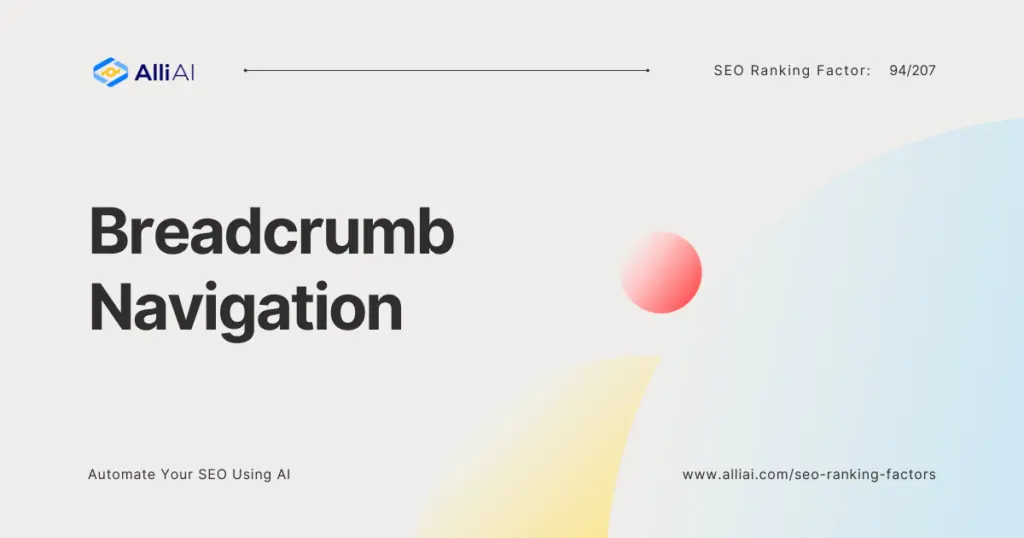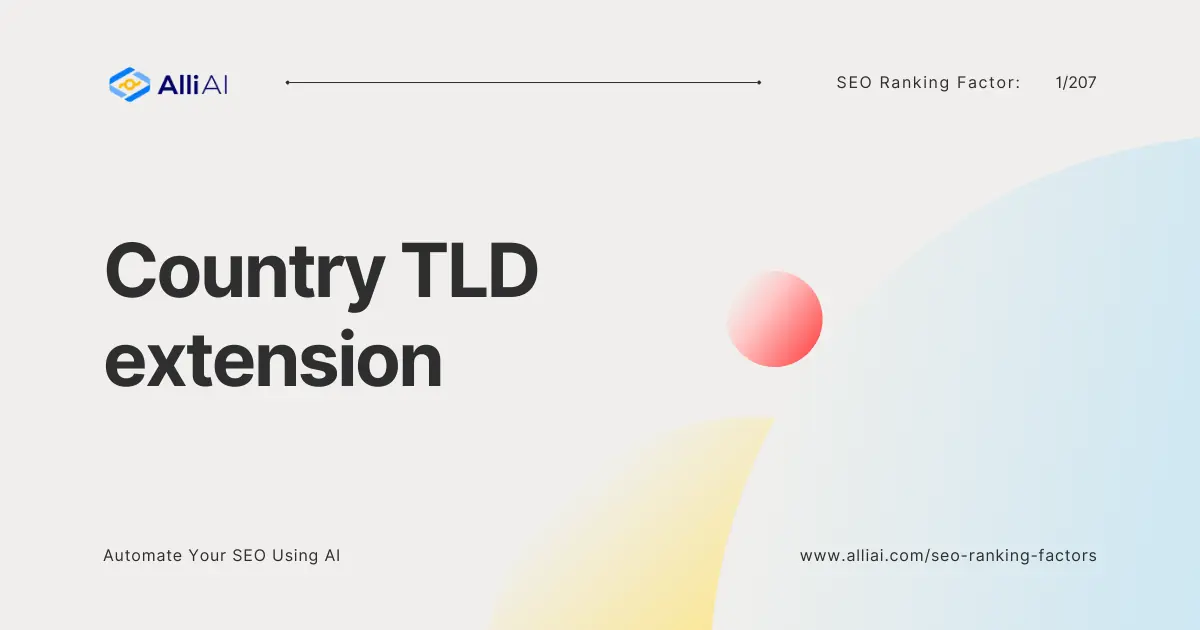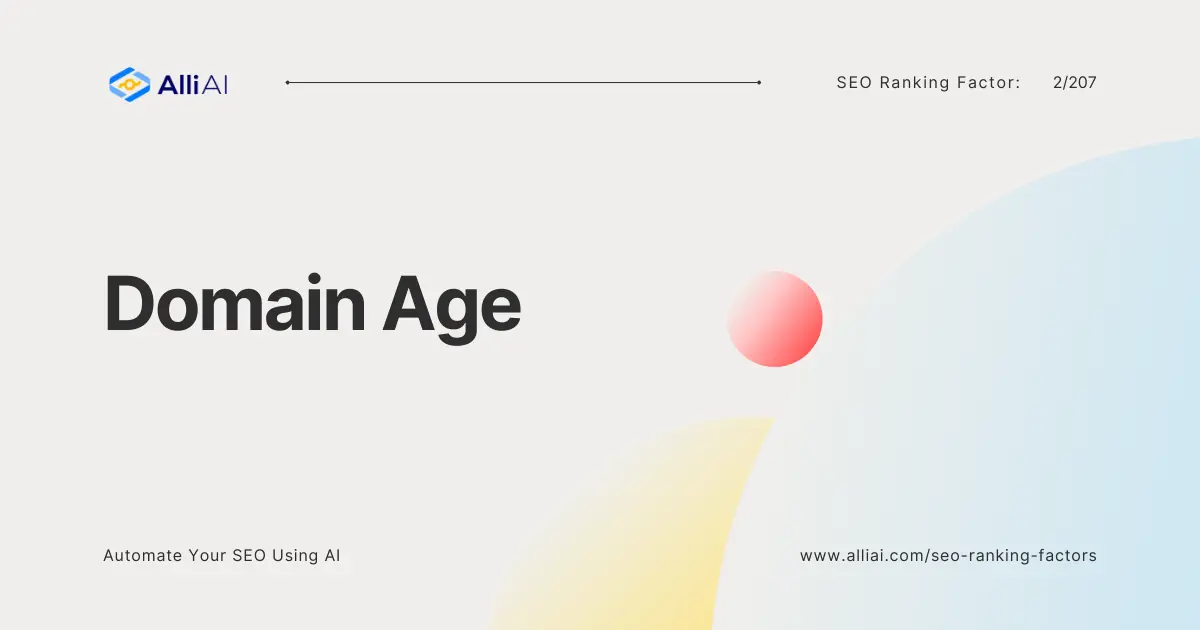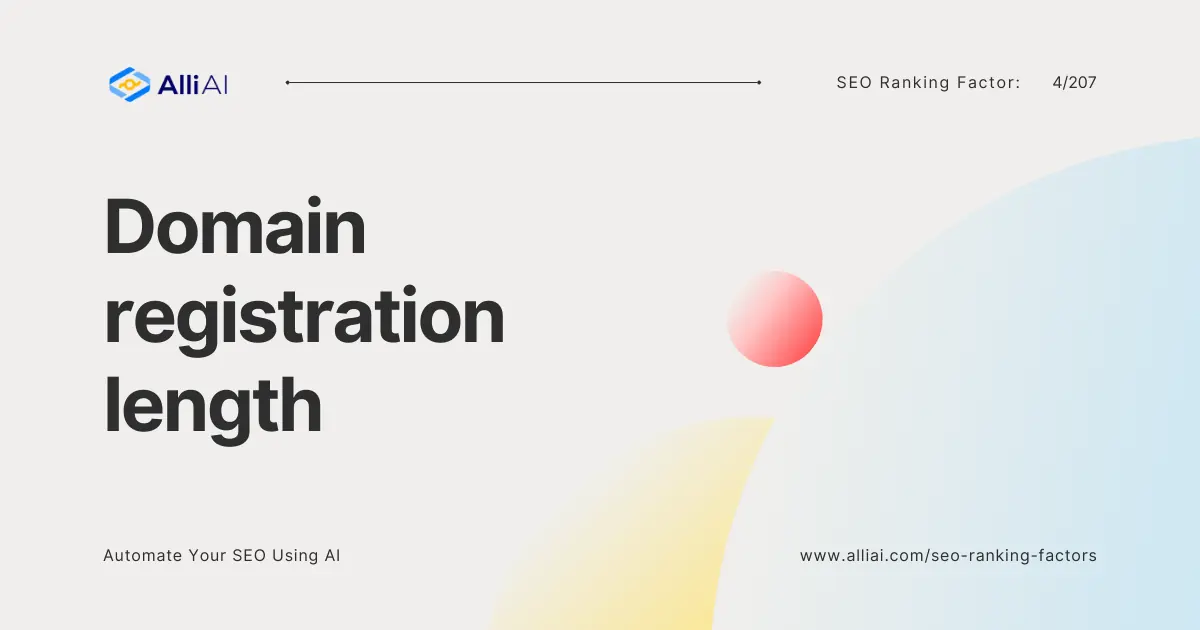What is Breadcrumb Navigation?
Breadcrumb navigation is a crucial web navigation tool that reveals the user’s location on a website through a hierarchical path. Displayed typically at the top of a webpage, each level of the hierarchy is represented by a link, separated by greater-than symbols (>).
For instance: Home > Blog > Category > Post Title. Imagine entering a vast library; breadcrumbs in SEO are like the signs guiding you from the entrance to the specific shelf where your desired book resides. They help trace your steps from the general to the specific, facilitating easy navigation back and forth without confusion.
Types of Breadcrumb Navigation
Breadcrumbs come in different forms, each serving distinct navigational purposes:
- Location-based breadcrumbs: Show the path from the home page to the current page in the site hierarchy.
- Attribute-based breadcrumbs: Indicate attributes or categories that describe the current page.
- History-based breadcrumbs: Display a user’s navigational path regardless of site structure.
Understanding these types allows businesses to implement the most appropriate breadcrumb strategy based on their specific website structure and user needs.
Why is Breadcrumb Navigation Important in SEO?
Breadcrumb navigation enhances the user experience (UX) by simplifying site navigation, a significant factor that Google uses to rank websites. It also structures web content logically, making it easier for search engines to understand the website hierarchy and index content efficiently. Improved UX and structured data from breadcrumbs lead to higher rankings and increased visibility on search engine results pages (SERPs).
How Breadcrumb Navigation Affects SEO?
Enhanced User Experience
Breadcrumbs reduce the number of actions a user must perform to navigate to a previous page, enhancing the user experience. This convenience can decrease bounce rates and increase the time visitors spend on a site, metrics that positively influence SEO rankings.
Improved Website Structure and Navigation
Breadcrumbs help create a cleaner, more organized website structure that is easier for search engines to crawl and index. This clarity aids search engines in understanding the website’s hierarchy, which can boost the rankings of linked pages.
Rich Snippets in SERPs
Implementing breadcrumb navigation enables websites to appear in SERPs with rich snippets. These snippets include the breadcrumb path, making the listing more attractive and informative, which can increase click-through rates (CTRs).
Implementing Breadcrumb Navigation with Technical Precision
To implement breadcrumb navigation effectively:
Structure your content hierarchically.
Use HTML and CSS to create the breadcrumb trail. Here’s a basic example:
<nav aria-label=”Breadcrumb”>
<ol>
<li><a href=”/”>Home</a></li>
<li><a href=”/blog”>Blog</a></li>
<li><a href=”/category”>Category</a></li>
<li aria-current=”page”>Post Title</li>
</ol>
</nav>Enhance visibility with structured data (Schema.org): Mark up the breadcrumbs using structured data to improve their visibility to search engines. This markup tells search engines more about the information on your website and how it’s organized.
Common Mistakes and Best Practices
While breadcrumbs offer numerous benefits, incorrect implementation can hinder their effectiveness. Avoid these common mistakes:
- Overly Complex Paths: Keep breadcrumb trails concise and avoid including too many levels.
- Duplicate Navigation: Breadcrumbs should complement your main navigation menu, not replace.
- Incorrect Markup: Ensure proper implementation of Schema.org structured data to optimize breadcrumbs for search engines.
Following best practices like using clear and concise labels, separating levels with the “>” symbol, and placing breadcrumbs at the top of the page can maximize their impact.
Breadcrumbs and Website Accessibility
Breadcrumbs aren’t just beneficial for sighted users; they also play a crucial role in web accessibility. Screen readers can utilize breadcrumb navigation to help visually impaired users understand the website’s structure and navigate more efficiently. Implementing ARIA attributes (Accessible Rich Internet Applications) can further enhance accessibility by providing screen readers with additional context about the breadcrumbs’ purpose and functionality.
FAQ
How do I implement breadcrumb navigation on my website?
To implement breadcrumb navigation, start by structuring your website content hierarchically. Then, use HTML and CSS to create the breadcrumb trail, and mark up the breadcrumbs with structured data (Schema.org) to enhance visibility to search engines.
Does breadcrumb navigation impact mobile SEO?
Yes, breadcrumb navigation impacts mobile SEO significantly. With the rise of mobile browsing, Google emphasizes mobile-first indexing, which prioritizes the mobile version of the content. Breadcrumbs improve the navigation experience on mobile devices, indirectly affecting SEO.
Can breadcrumb navigation reduce bounce rates?
Yes, breadcrumb navigation can reduce bounce rates by providing users with an easy way to explore further content without using the back button. This improved navigational structure can lead to increased page views and a lower bounce rate, signaling to search engines that the website offers value, thereby potentially improving its ranking.
Conclusion
Breadcrumb navigation is more than just a UX element; it’s a vital SEO ranking factor. By enhancing website usability, structure, and navigation, and by contributing to improved SERPs presentation through rich snippets, breadcrumbs can significantly impact a website’s search engine visibility and user engagement. Implementing breadcrumb navigation is a strategic move for any website looking to improve its SEO performance, foster a better user experience, and achieve higher rankings in search results.






